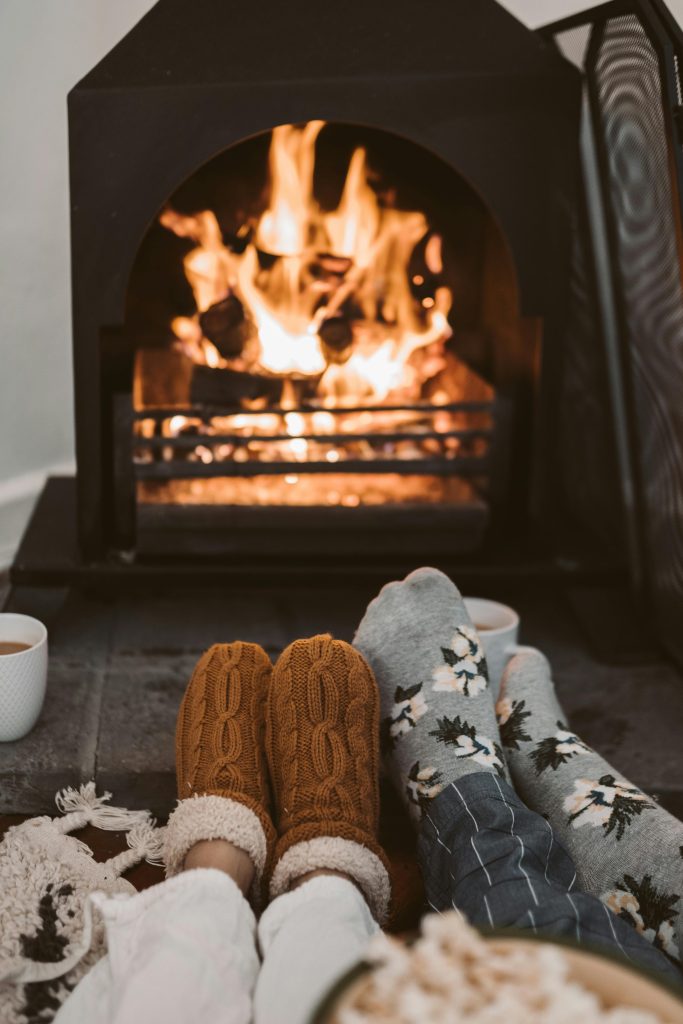As winter approaches, ensuring your home is well-prepared can make a significant difference in your comfort and energy bills. Cold temperatures often lead to higher heating demands, making it crucial to winterize your home properly. This guide outlines several steps to take to ensure your home remains warm, inviting, and energy-efficient as winter sets in.
Inspect Your Heating System
Your heating system is the heart of your home during winter. Before the first snowfall, it is wise to check your heating system thoroughly. Start by replacing filters, as clogged filters can significantly reduce efficiency. Schedule a professional inspection for your furnace or boiler to ensure it operates effectively and safely. Many heating systems can last for years with proper care. Neglecting maintenance can lead to costly repairs and inefficient heating.
Consider investing in a programmable thermostat. This device allows you to set temperatures for specific times, ensuring your home remains comfortable while conserving energy when you’re away. According to the U.S. Department of Energy, you can save about 10% a year on heating bills by lowering the thermostat by 7 to 10 degrees for eight hours a day.
Seal Your Home from Drafts
Another critical step in preparing your home for winter is sealing off drafts. Drafty windows and doors can lead to significant heat loss. Start by inspecting your windows and doors for gaps or cracks where cold air can seep in. Weatherstripping or caulking can fill these gaps, providing a seal that keeps warmth in and cold air out.
Don’t forget about attic and basement spaces, where many homes lose heat. Insulating these areas can help maintain a stable temperature throughout your living space. For windows, consider thermal curtains or window films that provide an extra layer of insulation while reducing heat loss.
Maintain Your Roof and Gutters
Your roof and gutters play vital roles in protecting your home from the elements during the winter. Inspect your roof for damaged and missing shingles, which can lead to leaks and water damage inside your home. If you find any issues, it’s wise to contact professionals who provide roofing services in Florida or your area to address these quickly and efficiently. A well-maintained roof protects against snow and rain and enhances the energy efficiency of your home.
Gutter maintenance is equally important. Ensure they are clean and free of debris to prevent ice dams. Ice dams occur when trapped water freezes and expands on your roof, potentially causing severe damage. Performing maintenance on both your roof and gutters can help avert costly repairs later and ensure your home remains warm and dry throughout the winter season.
Check Insulation Levels
Proper insulation is crucial for keeping your home warm and reducing energy costs during winter. Inspect the insulation in your attic, walls, and basement to check if it’s adequate and in good condition. Consider upgrading insulation if it is thin, compressed, or settled.
According to the U.S. Department of Energy, homes built before the 1970s often lack sufficient insulation, which could lead to high heating bills. Upgrading insulation can significantly reduce heat loss in attic spaces, resulting in warmer rooms and lower energy costs.
Prepare Your Outdoor Spaces
Preparing your outdoor areas is as important as preparing the interior of your home for winter. Remove any dead plants, mulch gardens, and store outdoor furniture to prevent weather damage. If you have a fireplace or wood-burning stove, ensure that you have a sufficient supply of firewood and that it is stored properly and dry. This ensures warmth during winter, and it contributes to the aesthetics of your outdoor living spaces.
Keep an eye on your sidewalks and driveways. Ensuring these areas are free from leaves, snow, and ice will improve safety and prevent damage caused by freezing or thawing cycles. A well-maintained outdoor space will enhance your home’s curb appeal and its functionality during the winter months.
Stock Up on Winter Supplies
As winter fully arrives, consider stocking up on supplies to ensure you’re prepared for any weather emergencies. Items such as ice melt, shovels, and a snow blower can make dealing with winter storms much more manageable. Having a stock of non-perishable food and water can help you weather any unexpected storms or power outages comfortably.
Think about other useful tools, such as a first-aid kit and extra blankets, which can provide peace of mind should you face an unexpected cold snap. Preparing in advance ensures that you won’t be rushing to the store when the first snowfall flies, and it can make winter more enjoyable and serene for you and your family.
Schedule a Home Inspection
Before winter fully sets in, consider scheduling a complete home inspection. A professional inspector can identify potential problems you may have overlooked, from roofing issues to plumbing concerns. Getting these problems addressed before winter is crucial, as freezing temperatures can exacerbate existing issues, leading to costly repairs later.
This proactive approach can provide valuable insights into improving your home’s energy efficiency. Many homeowners find that a typical inspection pays for itself in saved energy bills, making it a worthwhile investment for your winter comfort.
By taking these steps, you can prepare your home for the winter months and ensure your family stays warm and comfortable. Winter may bring its challenges. With proper preparations, you can navigate the season with ease.
Published by HOLR Magazine.



